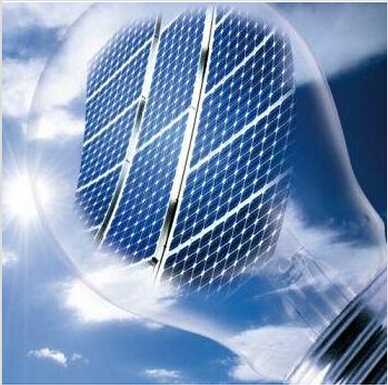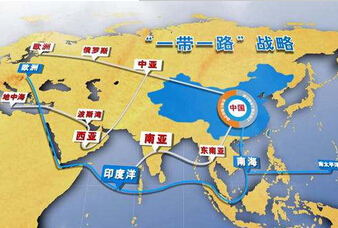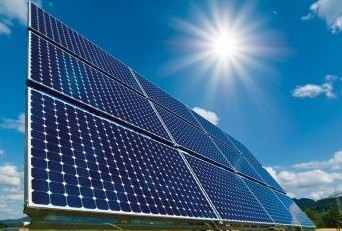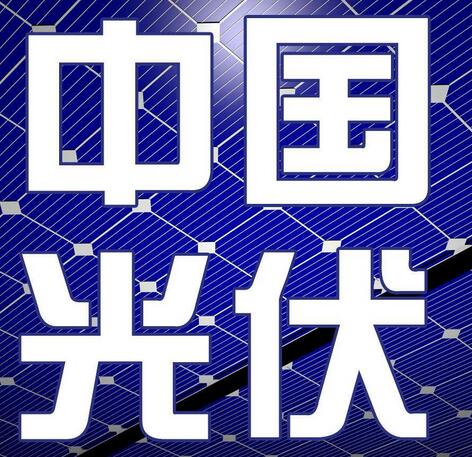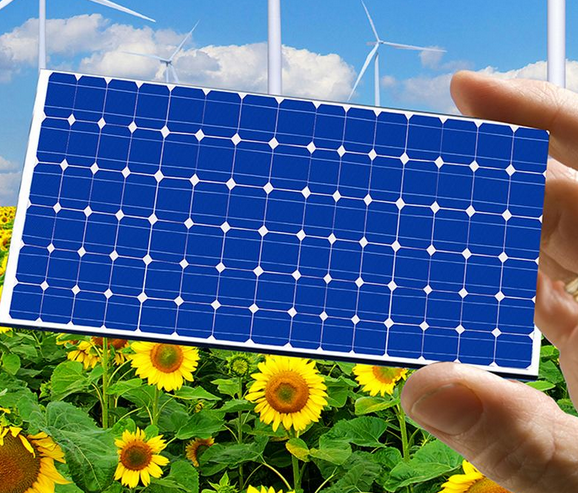After the government, when does the net price of our minds come to the end? The cost of photovoltaics is mainly divided into two parts: technical cost and non-technical cost. Due to the rapid development of distributed photovoltaics, many cost problems have been concealed and waited for parity. When we go online, we only face these two problems.
The cost of technology is what we call the cost of photovoltaic systems. Since the New Deal 531, the price of photovoltaic equipment has ushered in a rapid decline, and the price of components has fallen to 1.8 yuan / watt, which is the price we could not imagine at the beginning of the year. During the winter period, the price of PV modules continued to fall. In 2019, it fell to the critical point of household PV parity Internet access of 1.5 yuan / watt, a great possibility.
Consumption problem
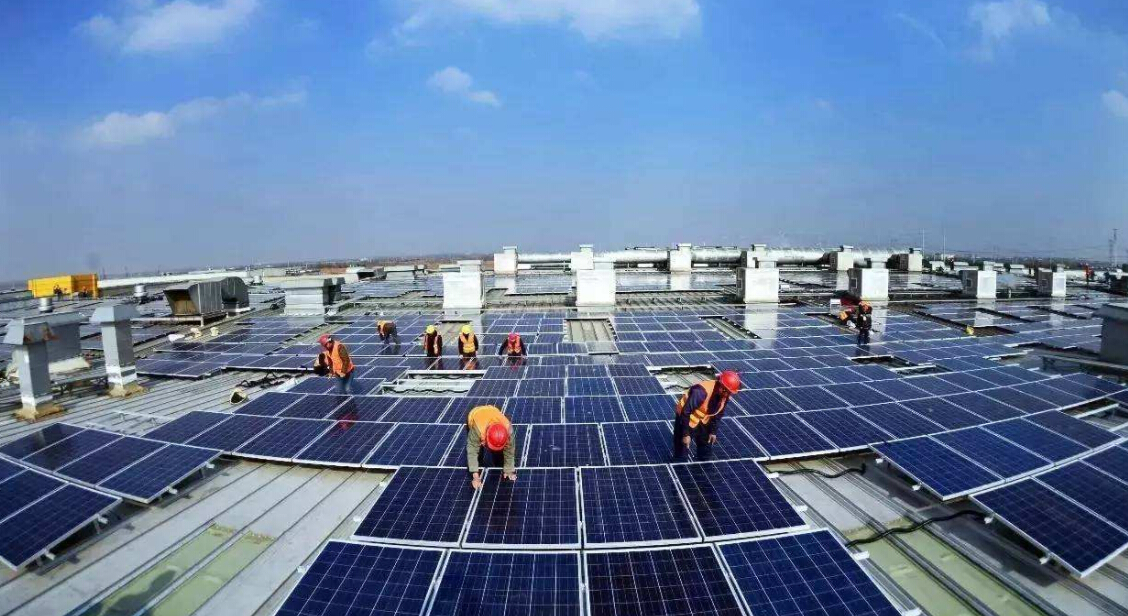
This is a problem that many industrial and commercial distributed photovoltaic projects have been delayed. That is, the electricity consumption is not high enough to absorb the photovoltaic power generation on the roof, and it cannot be connected to the grid in a self-sufficient way. In addition, some of the industrial and commercial power consumption is unstable. If the factory is shut down after two years, who will sell the photovoltaic power on the roof?
In order to completely solve the problem of distributed photovoltaics, the best way is to open the wall to sell electricity. However, according to the current distributed development status, the power grid still does not allow the wall to sell electricity, greatly reducing the development space of distributed photovoltaics.
Fortunately, in December 2017, the National Energy Administration also issued the “Notice on Launching a Pilot Market for Distributed Power Generation Markets”, encouraging conditional local pilots to conduct distributed market-based transactions, and clarifying the provincial government’s own accounting crossover. The subsidy and the fee for the network fee, the grid can collect electricity charges, completely solve the two obstacles of the largest distribution. Some provinces have already carried out preliminary work, and it is expected that there will be pilot projects at the end of this year.
Development cost problem
During the period of distributed photovoltaic heat, development costs are getting higher and higher, which has caused many people to make a fortune. After the New Deal, the projects hoarded by the hands were all in the hands of Tudor, and the purchase price was getting lower and lower. Everyone was anxious to get rid of it. There are many reasons for the high cost of development. You can't throw the pot to the developer.
With the maturity of the distributed PV development process, the recognition of PV by ordinary business owners will increase, and the development cost of industrial and commercial distributed PV will drop significantly. Moreover, the intention of the owner to self-build photovoltaic power generation is getting higher and higher, and there is no problem of development cost.
Electricity price problem
Now that the industrial and commercial electricity prices are constantly decreasing, this is a good news for most companies. For business and industry distribution, this news is not so good. On the one hand, the continuous decline in industrial and commercial electricity prices, on the other hand, the instability of electricity consumption, many projects that use self-sufficient residual power to access the Internet, because these two reasons do not meet the investment income requirements, and can not be started.
With the opening of the wall sales, the price of electricity will be solved. Every distributed photovoltaic project will become a seller and participate in the price of the region. This is the best way out for distributed PV in the future.
















 RCCN WeChat QrCode
RCCN WeChat QrCode Mobile WebSite
Mobile WebSite